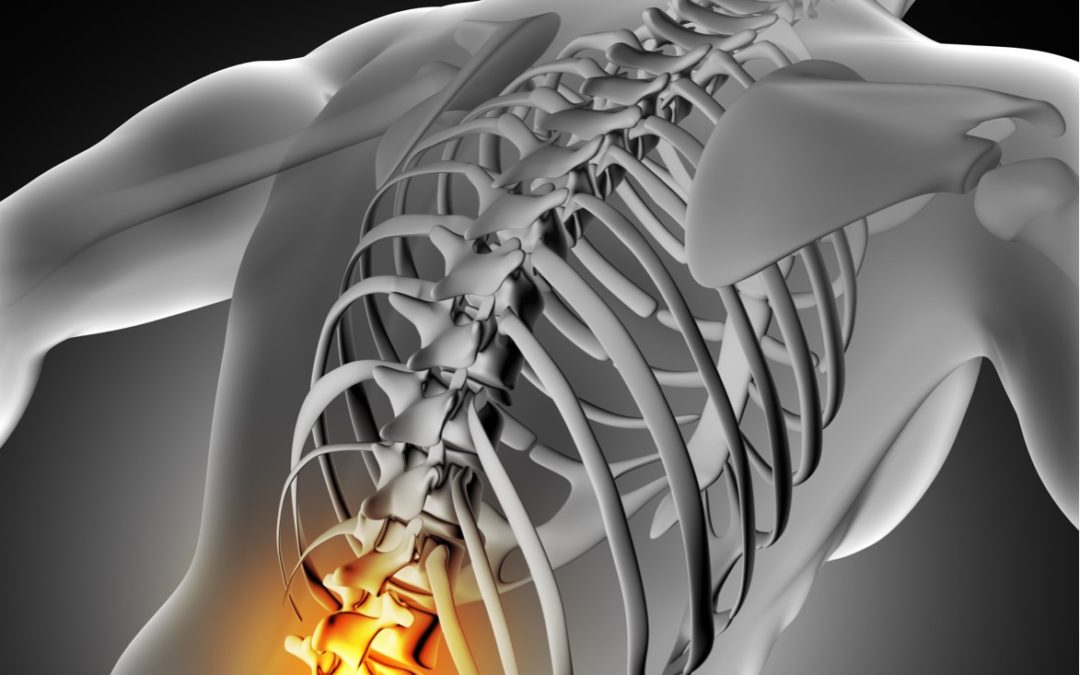Life isn’t perfect and I’m not one to wrap myself in cotton wool.
“I had an advantage and was fortunate enough to know what best practice is”
A few years back I injured by back after tripping over while holding onto a 25kg weight plate. I ended up with quite severe acute low back pain that radiated into my right leg. I’m sure an MRI would show a disc bulge at around L5. I didn’t get an MRI though as I responded well to my own self-management and if we are honest about MRI’s you’d find false positives in most people walking down the street. I recently had a flare up of my back after an awkward lift of some heavy equipment up our stairs. I wasn’t too concerned as I knew exactly what to do to get me back to full function as soon as possible. I did think though, that compared to most I had an advantage and was fortunate enough to know what best practice is. Hence this Post
“I implemented spine sparing strategies immediately”
Firstly, I knew the history, mechanism, suspected structure, aggravating factors, relieving factors. Before you think about treatment you need to remove the negatives. That is, the things that aggravate your back pain. For me the suspect structure was a Lumbar disc and aggravating things were flexion, bending, lifting, slumping, prolonged sitting. Sound familiar? It’s your classic flexion intolerance presentation that makes up the good majority of low back pain cases. I implemented spine sparing strategies immediately. I also got Aleisha (my wife & Physio) to check mobility in my hips and thoracic spine. She quickly mobilised them to full range within 5 minutes. We did this so that I didn’t go into any compensatory movements of my lumbar spine due to lack of movement in areas that should be mobile.
The idea here is to respect healing time of any irritated tissues and is analogous to stopping picking at a scab.
We know that bed rest is one of the worst ways to deal with an acute flare up and a blanket recommendation to keep moving is a little better but these days it’s not good enough. What movements depends on what aggravates the pain and what relieves it. Don’t aggravate the pain. Move in ways that are not painful.
“The Ground is safe.”
The Ground is a great place to start rehabilitating the lower back… it’s actually a great place to start with most injuries. We know pain interferes with motor control and the compensations around pain are often unpredictable and different from person to person. The Ground is safe. There is lower postural demand, richer sensory feedback from proprioception and position sense due to greater surface area of skin contacting the ground. This is perfect for re-establishing motor control and reflex stabilisation, and if you fail or fatigue here there is minimal consequence as you can unload and rest right there. Getting to the ground may be a challenge but this is where the spine sparing strategies come into play.
I did ground work from Day 0, all in neutral spine, all pain free. 4 point rocking, bird dog series, rolling and crawling patterns. As I established stability in these lower positions, I worked in the transitional postures of kneeling and 1/2 kneeling to reintroduce the postural demand of gravity with more complex movements and some resistance. Pilates equipment in the studio is great for this as you can explore movement with pattern assistance from the equipment and progressively add resistance and postural demand.
“This is where rehabilitation blends into good old fashioned training.”
5 days later I was almost pain free. I patterned hip hinging movements relearning to load through my hips rather than back. After restoring confidence in my movement patterns I start to add load and by the end of the gym session I’d completed 5 sets of 5 reps of deadlifts at mover 1.5 x Body Weight and performed Turkish get Ups with a 24kg Kettle bell with no pain or restriction. Immediately after the session I’m 100% confident in moving freely without pain or really thinking about my back. From here the back can be further strengthened in various positions for resilience. This is where rehabilitation blends into good old fashioned training.
“A graded exposure back to full loading is always required.”
There is no recipe or blanket prescription for what to do when you have back pain as different structures can be involved and people compensate differently when in pain. A precision approach requires individual assessment. A graded exposure back to full loading is always required and started from day 1. It needs to be seen through until you can demonstrate integrity under varying loads.
This is my personal case and how I restored full function after irritating my back. There are no recommendation here but to see a therapist who assesses thoroughly and understands how to reload the neuromuscular system to full function. Passive, hands on treatments are essential most of the time but in my opinion are only a small part of the job . There needs to be a plan to re-introduce loading and restoring functional movement.
Erik Pobre
M. Physiotherapy PS2AD | SFMA | FMS
BSc. Exercise & Sport Science
BSc. Nutrition – Dietetics

Recent Comments